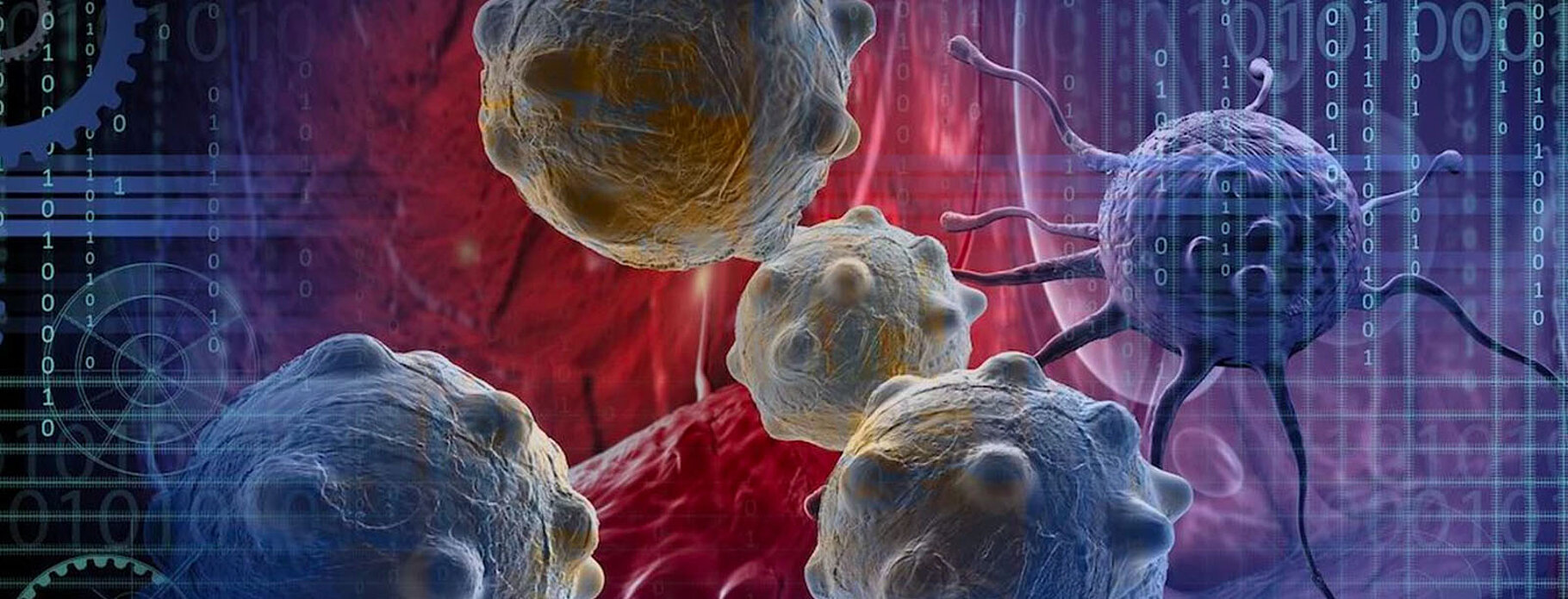
RNA-mediated targeting and interactomics
RNA-mediated targeting and interactomics
RNA-mediated approach for homogeneous and tunable intracellular protein expression. Transient transfection of foreign DNA is the most widely used laboratory technique to study gene function and product in eukaryotic cells. However, the transfection efficiency depends on many parameters, including DNA quantity and quality, transfection methods and target cell lines. We have developed an RNA-based electroporation method, which offers extremely high transfection efficiency. Protein expression takes place few hours post-transfection, lasts at least for 48 h, and occurs evenly across cells, with a transfection efficiency reaching up to 98% cells in most cell lines tested. Most interestingly, the level of protein expressed can be finely tuned by simply modulating the amounts of mRNAs transfected. We further develop this methodology by improving the stability of the mRNAs using NTP derivatives and by optimizing the 5’ and 3’ UTR regions. mRNA electrotransfer could supplant the conventional DNA-based transient expression system.
Development of the Holdup assay for detection and affinity quantification of RNA-protein complexes and application to ncRNAs. While 70–80% of the human genome is transcribed, only 2% of it encodes proteins. The vast majority of the human transcriptome consists of noncoding RNAs (ncRNAs). The networks in which ncRNAs act as key regulators influence a wide range of targets to control specific cell biological responses. Of particular relevance, ncRNAs have been identified as oncogenic drivers and tumour suppressors in all major cancer types. Two groups of ncRNAs have been characterized, the small and long ncRNA (sncRNAs and lncRNAs, respectively). Small ncRNAs (sncRNAs), which include among others micro-RNAs, small interference RNAs and piwi-interacting RNAs, have been extensively studied. In contrast, much less is known about the function of long noncoding RNAs (lncRNAs). Therefore, we aim to understand the complex networks of interactions that lncRNAs coordinate in the cellular context. To this end, we are developing a new variation of the Holdup assay to unravel the quantitative protein interactome of selected lncRNA molecules. As a first model, we will study the interactome of the Damage Induced NOncoding lncRNA, DINO. DINO has been characterized as a TP53 transcriptional target and functional modulator that causes TP53 reactivation in HPV-positive cervical cancer cells. The DINO lncRNA interactome may shed light on its potential role in the development of HPV-positive cancers.
Current projects
Structural interactomics and inhibition of HPV oncoproteins (shared project with Gilles Travé, Alexandra Cousido-Siah).
E6 is a small oncoprotein (ca 150 residues) produced by human papillomaviruses (HPV) responsible for various mucosal and cutaneous cancers. E6 has pro-proliferative and anti-apoptotic properties based on its large interactome with host (human) proteins, which drastically varies depending on the HPV type, tropism (mucosal or cutaneous) or oncogenic risk (high-risk or low-risk). The high-risk mucosal (hrm) HPV E6 proteins, involved in cervical, anal and head and neck cancers, bind in particular to the human Ube3A E3 ubiquitin ligase, the p53 pro-apoptotic tumor suppressor, leading to ubiquitination and subsequent proteasomal degradation of p53. This favors early proliferation of HPV-infected cells, which is beneficial to viral infection. E6 also binds to a variety of other proteins containing either "LxxLL" motifs, often involved in transcription, or "PDZ domains", involved in signal transduction, cell adhesion, cell polarity or apoptosis. Upon phosphorylation, E6 also binds to 14-3-3 phosphoreader proteins.
In this project, we study by crystallography and cryo-EM the structure of E6 bound to Ube3A, p53, LxxLL motifs, PDZ domains, and 14-3-3 proteins. Using our quantitative interactomics approaches, we explore the host interactome of E6, quantify its binding energies, and seek to understand how the E6-host interactome alters the host protein interactome. We design and investigate, in vitro and in cellulo, recombinant inhibitors of E6. We also resolve the structures of E6 proteins in complex with small molecule inhibitors developed by the University of Indiana (US).

